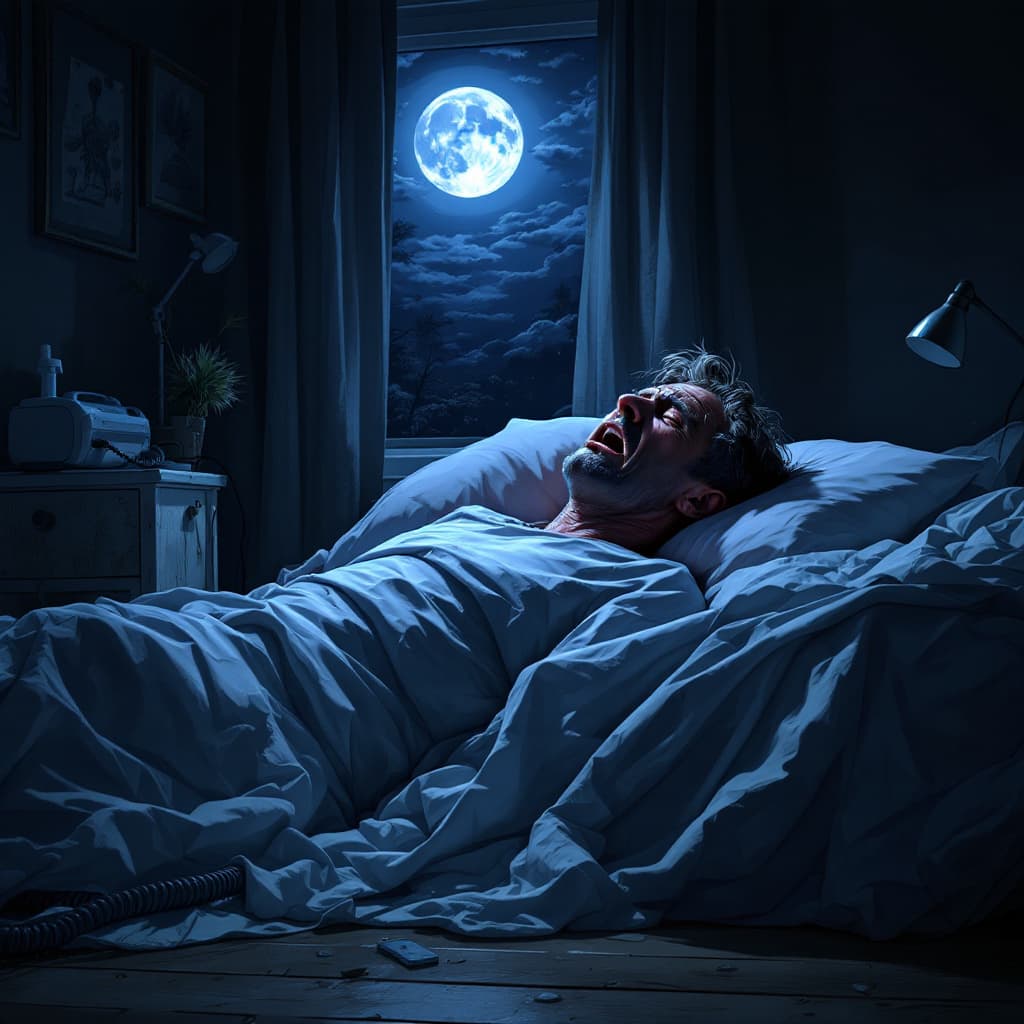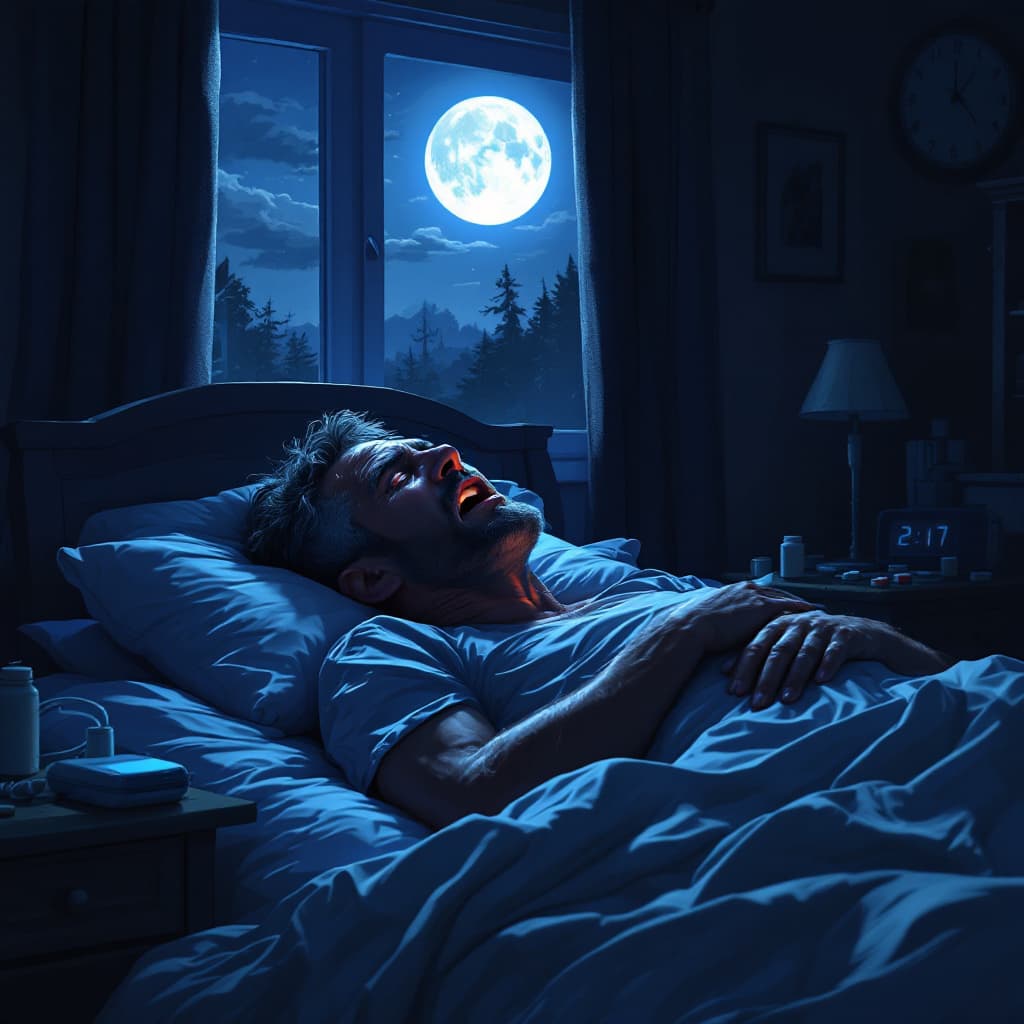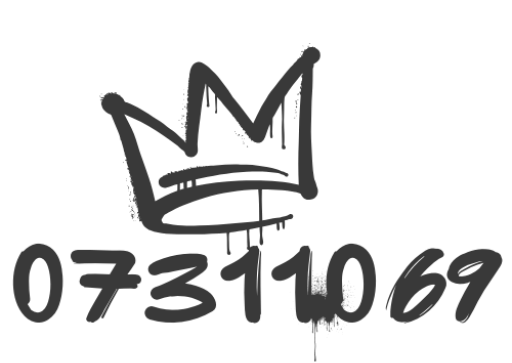Uncontrolled Sleep Apnea: How You Spot It and Fix It
You sleep a full night, yet you feel wrung out by noon. Your mind is foggy, your mood is off, and coffee barely helps. That tired-all-day feeling is a red flag for uncontrolled sleep apnea.
Uncontrolled sleep apnea means your breathing stops and starts during sleep, and the problem is not being treated or the treatment is not working. Those pauses lower oxygen, jolt your brain awake, and break deep sleep. If you wake up gasping for air, you might have this issue.
It is common, affecting millions of adults, and many do not realize they have it. Snoring, morning headaches, and dry mouth are classic signs, but so are irritability, memory slips, and drowsy driving. Left alone, it can raise the risk of high blood pressure, heart problems, insulin resistance, and accidents.
The good news, you can get control. Testing is straightforward, and effective options exist, from CPAP and oral appliances to weight loss, sleep position changes, and better mask fit. Small adjustments, like timing alcohol or treating nasal congestion, can make a big difference.
In this post, you will learn:
- What uncontrolled sleep apnea is and how to spot it
- Why it happens, including common risk factors
- Health risks you should not ignore
- At-home checks you can try today
- How diagnosis works, at home or in a lab
- Treatments that work, including CPAP tips and alternatives
- When to call a doctor, and what to ask for next steps

What Causes Uncontrolled Sleep Apnea and How to Spot the Signs
Sleep apnea happens for two main reasons. Your airway blocks during sleep, called obstructive sleep apnea. Or your brain does not send steady signals to breathe, called central sleep apnea. When treatment is not used, is used inconsistently, or is not working well, you face uncontrolled sleep apnea. Controlled apnea means symptoms are quiet and oxygen dips are rare with proper therapy.
Common Symptoms You Shouldn’t Ignore
These signs often show up together and tend to build over time when apnea stays uncontrolled. Watch for patterns, not just one rough night.
- Loud snoring: You snore most nights, or a partner hears choking or gasping sounds.
- Daytime sleepiness: You nod off during meetings or while watching TV. Example, you find yourself dozing off while driving.
- Morning headaches: Dull, bandlike pain soon after waking, easing by midmorning.
- Dry mouth: You wake with a parched mouth or sore throat from mouth breathing.
- Irritability: You feel short-tempered, unfocused, or forgetful without a clear reason.
Quick ways to track at home:
- Keep a simple sleep log for one week.
- Use a snore recording app and note gasps or pauses.
- Ask a bed partner to jot down snoring intensity on a 0 to 3 scale.
- Rate your daytime sleepiness each afternoon from 0 to 3.
Key Risk Factors That Increase Your Chances
Several factors raise the odds that breathing will collapse or become unstable during sleep.
- Extra weight: Fat around the neck and tongue narrows the airway. A neck size over about 17 inches for men or 16 inches for women is a red flag. Measure with a soft tape at the Adam’s apple level.
- Age over 40: Muscle tone in the throat drops with age, which makes collapse more likely.
- Male sex: Men have higher risk, though women catch up after menopause.
- Smoking: Swelling in the airway and irritation make a narrow space even tighter.
- Alcohol at night: Relaxed throat muscles worsen obstruction. Try stopping alcohol 3 hours before bed.
- Nasal congestion: Blocked nasal passages push you to mouth-breathe, which promotes snoring and collapse.
- Family history: Jaw shape, larger tonsils, or airway anatomy can run in families.
If these signs and risks line up, you likely face uncontrolled sleep apnea, which signals that treatment needs to start or be adjusted.
The Serious Health Risks of Leaving Uncontrolled Sleep Apnea Untreated
Sleep should restore you. When breathing stops and restarts all night, your body pays the price. Without control, uncontrolled sleep apnea can strain your heart over time, raise your blood pressure, and set off a chain of health problems that do not fade in the morning. The risks build quietly, then show up as heart trouble, diabetes, and preventable accidents.
How It Affects Your Heart and Blood Pressure
Each pause in breathing drops your oxygen. Your nervous system fires a stress response to wake your airway. That repeated surge acts like a nightly fire drill for your heart.
- High blood pressure: People with untreated sleep apnea and high blood pressure are about twice as likely to have hypertension. Nighttime spikes keep vessels stiff and inflamed.
- Heart rhythm issues: Oxygen swings can trigger irregular beats. You might notice a racing pulse at night or flutters after waking.
- Heart disease and stroke: Studies link untreated apnea to a higher risk of heart attack and stroke over time. The mix of low oxygen, pressure surges, and inflammation speeds plaque buildup.
Picture a long commute after a poor night. Your heart works harder climbing stairs, you feel lightheaded, and your blood pressure at a checkup runs high. That is the nightly stress leaking into your day. The upside, steady treatment improves oxygen, which lowers blood pressure and calms the heart.
Other Dangers Like Diabetes and Daytime Accidents
Uncontrolled sleep apnea pushes your metabolism in the wrong direction. Broken sleep and low oxygen raise stress hormones. Your cells stop responding to insulin as well.
- Insulin resistance and diabetes: Untreated apnea is tied to higher blood sugar and a greater chance of type 2 diabetes. After treatment, insulin sensitivity often improves.
- Daytime accidents: Microsleeps can hit at your desk or on the highway. Drowsy driving raises crash risk in a way similar to alcohol. If you nod off at red lights, you need help now.
- Mental health: Ongoing fatigue feeds anxiety, depression, and irritability. Many people feel clearer and more stable once sleep is restored.
The message is simple. Treat the apnea, and you cut risks across the board. Better oxygen, steadier sleep, safer days.
Effective Ways to Manage and Treat Uncontrolled Sleep Apnea
If you suspect uncontrolled sleep apnea, move quickly to solutions. Start with a sleep study, at home or in a lab, to confirm the type and severity. Most people feel better once treatment matches their needs. You can get reliable relief with a mix of devices, position changes, and steady habits.
Proven Treatments to Get Your Breathing Back on Track
CPAP machines
- How it works: A small device sends gentle air through a mask to keep your airway open.
- Why it helps: It often normalizes breathing on the first night.
- Pros: High success, fast symptom relief, reduces snoring and morning headaches.
- Cons: Mask fit issues, dryness, or pressure discomfort. These are fixable with humidifiers, different masks, or auto-adjusting settings.
Oral appliance therapy
- How it works: A dentist-fitted mouthpiece moves your lower jaw forward to widen the airway.
- Best for: Mild to moderate obstructive apnea or CPAP intolerance.
- Pros: Portable, quiet, easier travel.
- Cons: Jaw soreness or bite changes if not monitored.
Weight loss and surgery
- How it works: You can start by losing weight to open airways. For severe obesity, bariatric surgery can reduce airway collapse once weight drops.
- Pros: Fewer breathing events, less pressure needed if you stay on CPAP.
- Cons: Results vary, and surgery is a major step.
Positional therapy
- How it works: Side sleeping reduces tongue and soft tissue collapse. Bumper belts, pillows, or wearable trainers prevent back sleeping.
- Pros: Simple, low cost, best for positional apnea.
- Cons: May not work if apnea occurs in all positions.
Lifestyle Changes That Make a Big Difference
These habits boost every treatment and help prevent relapse over time.
- Quit smoking: Use quit apps, text programs, or nicotine replacement. Set a quit date and track cravings.
- Side sleep consistently: Hug a firm pillow, tape a tennis ball to a sleep shirt, or use a gentle vibrate trainer.
- Avoid alcohol before bed: Stop alcohol at least 3 hours before sleep. It relaxes throat muscles and worsens collapse.
- Exercise most days: Aim for 150 minutes a week. Even a 20-minute walk helps airway tone and weight control.
- Track and tune: Use a snore app to monitor intensity, a sleep tracker for time in bed, and your CPAP app for mask seal and hours used.
Keep a steady schedule, treat nasal allergies, and maintain a healthy weight. With the right plan, uncontrolled sleep apnea improves quickly and stays controlled.
Conclusion
You now have a clear picture of uncontrolled sleep apnea, how to spot it, why it matters, and what actually helps. Loud snoring, daytime sleepiness, and morning headaches are not just annoyances, they signal broken sleep and low oxygen. Left alone, the risks stack up, from high blood pressure and heart strain to insulin resistance and unsafe driving. The fix starts with testing, then the right treatment, used every night.
You have options that work. CPAP often brings fast relief. Oral appliances help when CPAP is not a fit. Side sleeping, weight loss, and better mask fit strengthen results. Small habits matter, like skipping alcohol before bed and treating nasal congestion. Track your progress, watch your symptoms, and keep tuning your setup. When you control your sleep, you protect your heart, sharpen your focus, and steady your mood.
Return to your opening goal, better days that follow better nights. Take one step today, whether that is booking a sleep study, checking your mask fit, or logging your symptoms for a week. You deserve restful nights, and steady action gets you there.
Talk to your doctor if you suspect uncontrolled sleep apnea.
Thank you for reading. If this helped, share it with someone who might need it, and watch for future guides on treatment tips and simple sleep upgrades tied to uncontrolled sleep apnea.

